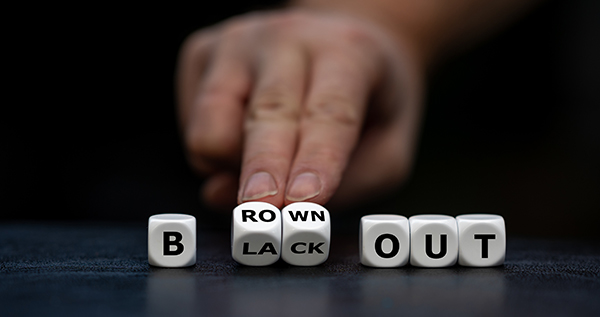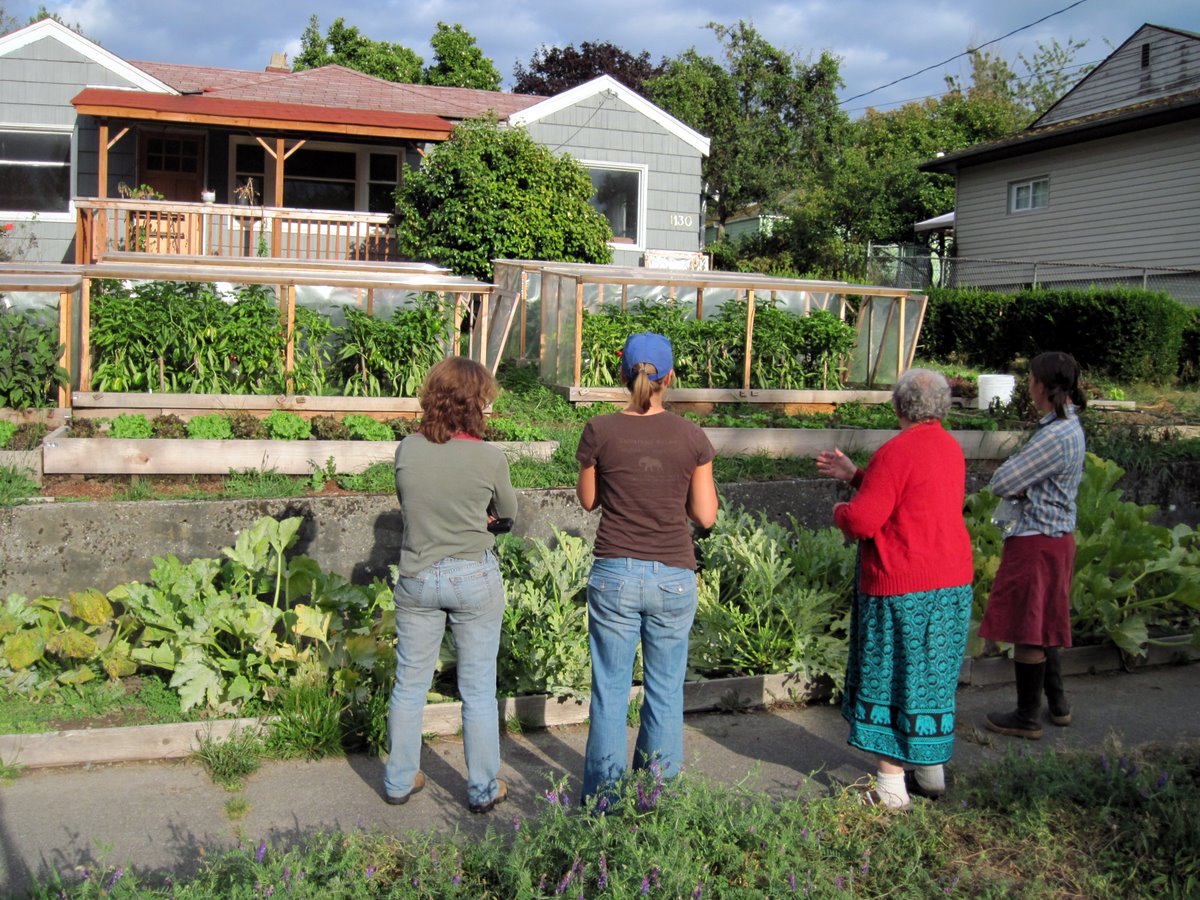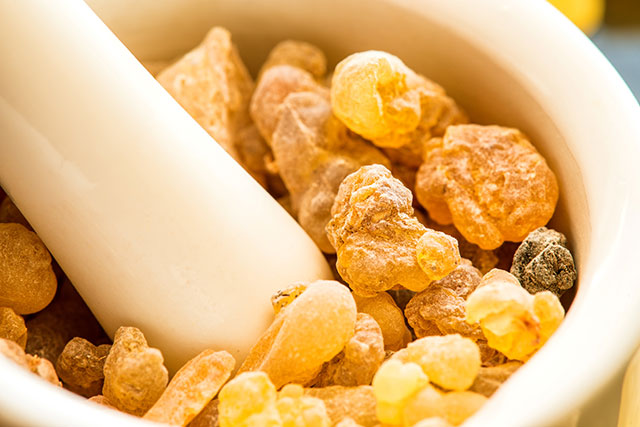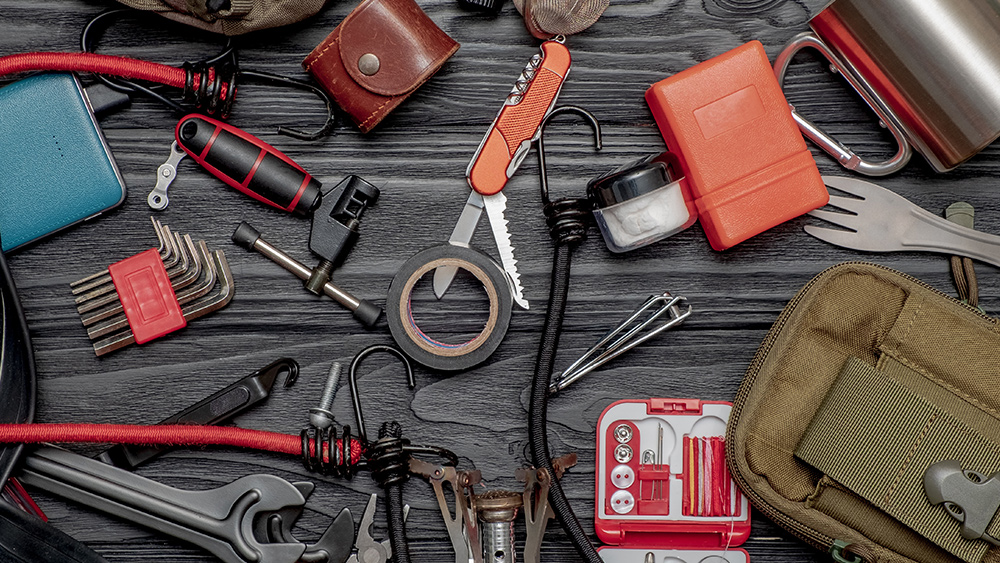 Parler
Parler Gab
Gab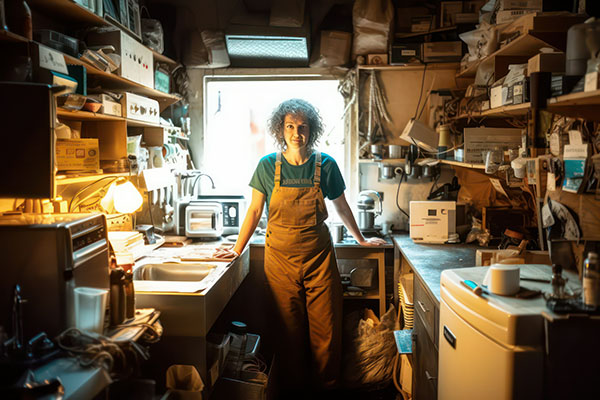
- Bugging in maximizes existing resources, minimizes risks and provides long-term stability. Your house is already a controlled, fortified space with supplies, unlike an unknown bug-out location. Staying avoids transit dangers like traffic, looters or environmental hazards.
- Homes have built-in water systems that are hard to replicate elsewhere. Simple solutions like bathtub liners, purification tablets and filtration pumps ensure clean water.
- Generators, solar panels and fireplaces keep essential appliances running. Proper insulation and layered clothing help retain warmth better than a makeshift shelter.
- A survival garden with resilient crops ensures a steady food supply. Seed-saving and container gardening make it sustainable even in urban settings.
- Reinforce your home with barriers, motion sensors and weapons. Building trust with neighbors creates a stronger, unified defense network against threats.
Why it's better to bug in at home
Your home is a familiar fortress. You’ve already invested time securing its structure, knowing where supplies are stored and understanding its weak and strong points. Unlike an unfamiliar bug-out location (BOL), your house is a controlled environment where you can preserve almost all your belongings, including food, medical kits, tools and electronics. Attempting to carry everything you need when fleeing is impractical, and splitting supplies between your home and a BOL means losing leverage in either scenario. Plus, staying where you live eliminates the risks of transit, whether you're dealing with traffic, hijackers or environmental hazards.Water: The lifeline you can’t move
Water access is critical, but it’s easy to overlook at home. A typical American household has pipelines and storage capacity to sustain residents far better than most BOLs. Immediate steps to ensure a steady water supply include storing tap water in bathtubs with water barrel liners or investing in a 1,000-gallon underground tank for long-term use. Rainwater catchment systems (barrels or cisterns) are cost-effective solutions, especially in rainy regions. Combine these with purification tablets and a basic filtration pump to ensure clean water, treating everything from river runoff to rainwater. Sanitation is also important. Five-gallon bucket toilets, chemical toilets or an outhouse can curb disease while you wait for repairs. Disinfect waste with lime or charcoal to deter pests. A well-maintained home’s plumbing might even remain functional, allowing you to hand-flush toilets with stored water.Power: Keep the lights (and tools) on
Modern homes can become energy hubs with minimal retrofitting. A portable generator paired with a professionally installed transfer switch keeps essential appliances running, though solar panels are a quieter, long-term alternative. Even a small array can power lights, medical devices and communications. Power banks for flashlights can reduce reliance on batteries and candles with aluminum reflectors can brighten spaces without sapping extra energy. For heating, existing insulation and furnaces are better than a pine forest cabin’s drafty walls. Wood-burning fireplaces provide warmth and light, while extra blankets and clothing layers keep small areas cozy.Food security: Start a home garden before SHTF
Home gardens are a cornerstone of bugging in. The advantages? You’re already growing these plants, and maintaining them during crises ensures a continuous food supply. If you're not sure where to start, here are some of the best crops to grow in your survival garden:- Amaranth
- Beans
- Buckwheat
- Cabbage
- Corn
- Kale
- Lentils
- Onions
- Peppers
- Potatoes
- Spinach
- Squash
- Stevia
- Sweet potatoes
- Tomatoes
Defense: Fortify your home
Bugging in doesn’t mean vulnerability. A well-stocked home radiates security, and you can fortify your defenses. Use thick curtains to obscure motion at windows, get motion sensors linked to floodlights to deter looters and rebar barriers to protect doors. Keep rifles, shotguns and crossbows nearby, with thousands of rounds stored securely. Community bonds matter, too. Proactively connect with neighbor preppers. Agree on signals, share watch rotations, or pool resources. A unified defense network turns your street into a fortified enclave instead of isolated targets.Medical readiness: First aid supplies for medical emergencies
Your home pharmacy should mirror a mini-hospital. Every family needs IFAKs (basic "individual first aid kits"), including tourniquets, pressure bandages and antiseptics for trauma. Avoid over-reliance on unknown BOLs because your home can hold far more supplies without restricting access during changing crises.Why bugging out could be a trap
Venturing into the wild carries many risks. Roads might be blocked, fuel scarce or the BOL could be plagued by insects or poor soil. New communities may distrust outsiders, and a remote cabin offers no chance to forage abandoned local stores or seek aid. Imagine fleeing during a pandemic. How far can your family travel before exposure? Bugging out also strains elderly relatives or those with chronic conditions. Mental preparedness is key and physically hauling gear long distances could be impossible. Meanwhile, your home is a "safe zone" where routines stay intact even during emergencies. Long-term crises test endurance. A home with solar panels, a well and a stocked root cellar meets long-term needs without exhausting resources. Even urban apartments can have container herb gardens or sprout crops for vitamins and nutrients. By comparison, BOLs often require extra work. Prepping a new garden from scratch takes weeks, time you might not have if the crisis has already hit. Your home, however, lets you defend daily yield without restarting from zero. The decision to bug in is pragmatism, not passive hope. It leverages what you already possess: security, infrastructure and the freedom to act while minimizing travel risks. As societal trusts shift, your homestead evolves into a sanctuary. You transform it into a reliable shelter by fortifying it with gardens, tools and medical supplies. Prepping isn’t just about gear; it’s about optimizing what you have. Bugging in empowers you to thrive by staying in control. Start now and stock supplies, test your systems and bond with your neighbors. When trouble comes, your home will be your best ally. Visit Preparedness.news for more tips on how to get ready if you want to bug in when SHTF. You can also check out Health Ranger Store and Brighteon Store for more clean food supplies for your prepping stockpile. Watch the video below to learn more about Manuka Honey and why you should have it in your survival stockpile. This video is from the Health Ranger Store channel on Brighteon.com.More related stories:
Learning self-reliance: A survivalist’s guide to prepping alone. Preparing for the unexpected: Tips for building an apartment emergency kit. Pantry refresh: How to organize storable foods for easy, nutritious meals. Food supply 101: What to cook when SHTF. Sources include: AskAPrepper.com TacticalGear.com UrbanSurvivalSite.com Brighteon.comEU embraces censorship over solutions as energy grid crises spark blackout fears
By Willow Tohi // Share
Prepping on a budget: 8 Recession-proof projects to start on your homestead
By Zoey Sky // Share
“Wartime Homefront Essential Skills” on BrightU: How to grow tomatoes in your backyard like a boss
By Jacob Thomas // Share
Ten ways to adapt to the economic collapse unfolding before us
By Lance D Johnson // Share
The history of Frankincense: From ancient rituals to modern home fragrance
By HRS Editors // Share
The Dangers of “All or Nothing” Thinking in Preparedness
By S.D. Wells // Share
Governments continue to obscure COVID-19 vaccine data amid rising concerns over excess deaths
By patricklewis // Share
Tech giant Microsoft backs EXTINCTION with its support of carbon capture programs
By ramontomeydw // Share
Germany to resume arms exports to Israel despite repeated ceasefire violations
By isabelle // Share
